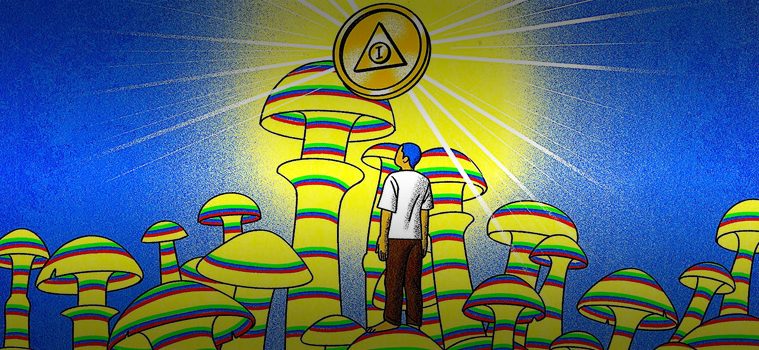WHAT WOULD BILL W. DROP? –
April 8, 2021 – After years of daily opioid use, Kevin was finally succeeding at his recovery. In 2011, he moved into a halfway house, got a sponsor, and started going to 12-step meetings every day. But there was a problem.
The experience that had brought on his newfound dedication to sobriety was a stay at a clinic in Mexico, where he took the psychedelic drug, ibogaine. When others in his programs would ask what detox program he went to, and he was honest about it involving a psychedelic drug, he got mixed responses. “People didn’t quite understand,” said Kevin, who is using only his first name to protect his identity and that of others in his 12-step groups. Some said things like, “Oh that sounds like a cool drug, I’d love to try it,” and treated his experience as if it was recreational. Others felt that Kevin’s psychedelic use would be a barrier to his recovery.
“I quickly felt alienated about that part of my story,” Kevin said. “I wanted to fit in. I wanted to be a part of the social structure of the rooms.”
Starting from the first time he shared in a meeting, he started to censor himself. “I would gloss over the ibogaine treatment,” he said. “I’m pretty sure I’d really never mentioned it, aside from those private conversations that I quickly stopped. Over time, it stripped away the ability for me to merge that part of my story into this public forum.” 12-step programs, also called fellowships, include the well-known Alcoholics Anonymous (AA) and Narcotics Anonymous (NA), and there are dozens of other groups for different issues. In 2020, AA estimated there were over two million active members and 129,790 groups worldwide. 12-step programs provide considerable help for many: They’re free and widely available, and though they’re not run by professionals, a 2020 Cochrane review of AA found that it can be as or more effective than other established treatments, such as cognitive behavioral therapy, for increasing abstinence.



